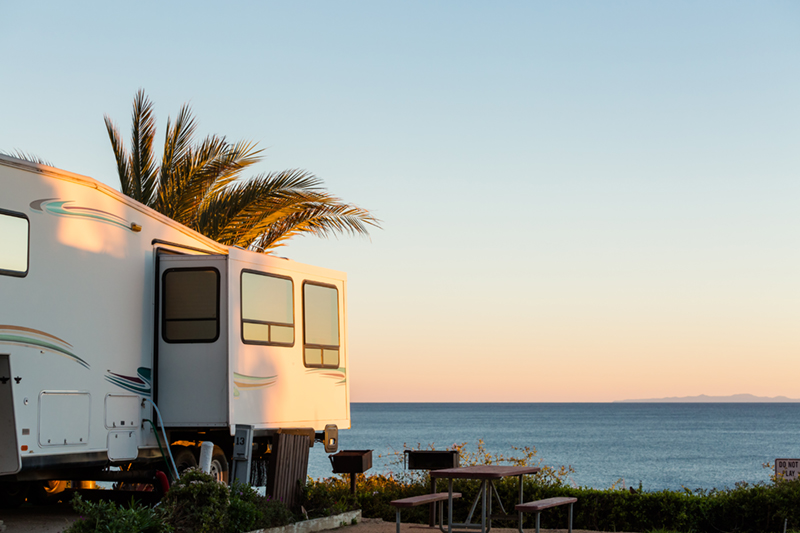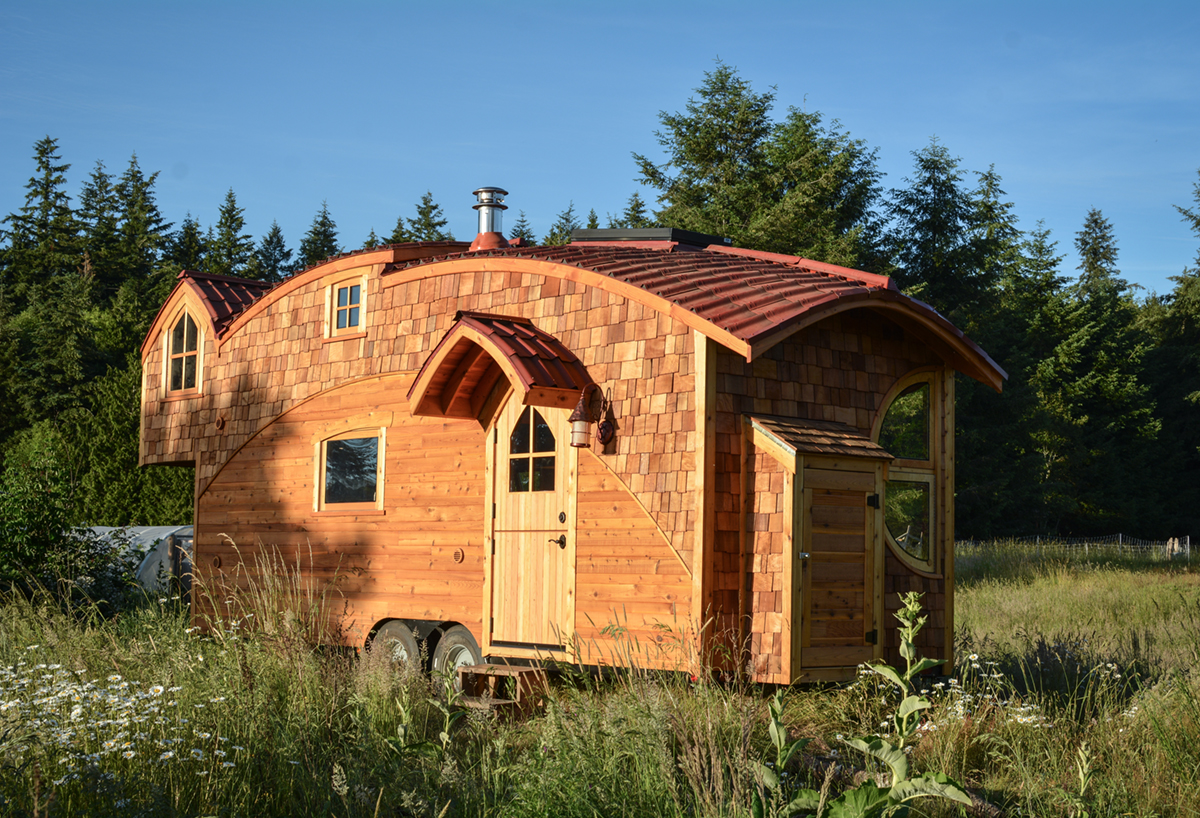By Gemma Alexander
Home may be where the heart is, but good luck convincing the authorities of that if your home is illegal.
Your heart – or finances – may lead you to hang your hat in any number of atypical dwellings, but the truth is, it takes more than love to make a house a legal residence.
Most states have adopted the International Residential Code (IRC) for one- and two-family dwellings, but there are usually additional local building and zoning codes that must be followed. It’s a good idea to do some research or speak to a real estate lawyer for detailed questions.
Here’s a summary of the legal status for a few of the most popular forms of alternative housing.
Mobile and manufactured homes
The granddaddy of alternative housing, the modern mobile home (or trailer home) developed after World War II as a response to a newly mobile workforce looking for cheap housing in the midst of a population boom. Although trailer homes are almost never actually mobile, their popularity has endured.
The National Manufactured Housing Construction and Safety Standards Act of 1974 (title VI of Pub. L. 93-383, 88 Stat. 700, 42 U.S.C. 5401) required the U.S. Department of Housing and Urban Development (HUD) to develop construction and safety standards for mobile homes.
Since 1976, all new mobile homes have been legally referred to as manufactured homes and have been factory-built to HUD Title 6 construction standards, which require manufactured homes to be at least 320 square feet with a permanent chassis to assure the transportability of the home.
A HUD-coded home must display a Certification Label and Data Plate. The red Certification Label (sometimes called the HUD Label) will be located at the back of each transportable section of the home. The Data Plate will be located inside, on or near the main electrical breaker box.
In addition to HUD standards, manufactured homes can be subject to local codes. For example, in Orange County, California, manufactured home installations must receive health department approval, and are subject to many of the same electrical and plumbing inspections as new home constructions.
RVs
RV is short for “recreational vehicle,” not “motorhome,” a fact that is overlooked by many who dream of retiring and trading a mortgage for a life on the road.
The U.S. Department of Housing and Urban Development has drawn attention to the issue this year with a proposed revision of the exemption for recreational vehicles from HUD’s Manufactured Housing Procedural and Enforcement Regulations.

The rule change is supported by the Recreational Vehicle Industry Association (RVIA), which stated that industry stakeholders agree “RVs should be built in accordance with National Fire Protection Association and American National Standards Institute RV standards, not HUD manufactured home standards… the key distinction continues to be that manufactured homes are designed and built for permanent residency, while RVs are designed and built to be used by families as a recreational, camping, or seasonal accommodation.”
The rule change is really about vehicle classifications and construction standards, but it begs the question: If the federal government and the manufacturers agree that RVs are temporary dwellings, what does that mean for the many people happily living year-round in RV campgrounds?
The answer: It doesn’t mean much at all. The RV lifestyle falls in a legal gray area that is unaffected by the change. The RV itself has never qualified as a legal primary residence, but the legality of actually living in one continues to depend on local codes governing RV parks and campgrounds.
In California, for example, laws governing rents in RV parks say that you are automatically defined as an RV park resident after nine continuous months of tenancy – thereby implying that you can legally live in a permanently parked RV year-round.
The nomadic lifestyle of mobile RV living is more complicated, as you are defined as a camper, not a resident. So on the one hand, you must regularly relocate, as most localities impose time limits on camping (two weeks is a common limit for staying in a single campsite).
On the other, you must establish residency in one state in order to vote, pay taxes, obtain a driver’s license, and register your RV, and often to become part of a healthcare provider network.
Residency rules vary by state, and which state you choose can have serious implications – from income tax rates to how many months of the year you can travel and the quality of healthcare you’ll receive.
Tiny homes
Although tiny home advocates would like to develop a new legal classification for tiny homes as primary housing, in most locales a tiny house on wheels is considered an RV, and a tiny house on a foundation is considered an accessory dwelling unit (ADU). In the absence of local regulations for parking a tiny house on wheels, RV rules generally apply.

In most states, a self-built RV will need to be inspected before the DMV will issue a license plate; a builder should provide a Vehicle Identification Number and a title so that you can register your tiny house RV.
With the rising popularity of the tiny house, many jurisdictions have instituted specific rules for these miniature homes. For example, tiny houses on wheels are allowed as caregiver dwellings in the backyard of a person who needs assistance in several California counties, and as backyard cottages in Fresno County regardless of caregiver status. There are several specially permitted tiny house eco-communities scattered around the country.
Tiny houses built on foundations received a legalizing boost in 2015 when the IRC removed the requirement that a dwelling unit have a minimum of 120 square feet, replacing it with a 70-square-foot minimum. However, many local zoning codes still require a minimum of 800 or even 1,500 square feet for dwelling units.
A few areas, like King County, Washington, have programs in place to consider alternatives to standard housing development on a case-by-case basis as demonstration projects.
Floating homes
After Florida officials seized and destroyed Fane Lozman’s two-story floating home, claiming it was a vessel and not a house, he took his case all the way to the U.S. Supreme Court and won. Thanks to that 2013 Supreme Court decision, the definition of a vessel as “anything that floats” was narrowed to allow floating homes to be regulated as housing.
Upholding laws in Washington, California, and other states where floating home communities have developed, the court decided 7-2 that floating homes that are attached to the shore and do not travel are governed by local laws applying to homes, not by federal admiralty law regulating ships and boats.
Unique housing solutions can come with unique legal headaches. It takes a bit of creativity and a lot of willingness to engage with local authorities, but where there is a will, there is a (legal) way home.
Gemma Alexander is a Seattle-based freelance writer specializing in technical topics for general readers. She also writes about legal issues in everyday life on the AvvoStories blog.
Related:
- When Do You Really Need a Real Estate Lawyer?
- Building Advice for the Tiny Home Enthusiast
- RV Living in the City: Dodging the Rent Crisis
Note: The views and opinions expressed in this article are those of the author and do not necessarily reflect the opinion or position of Zillow.
